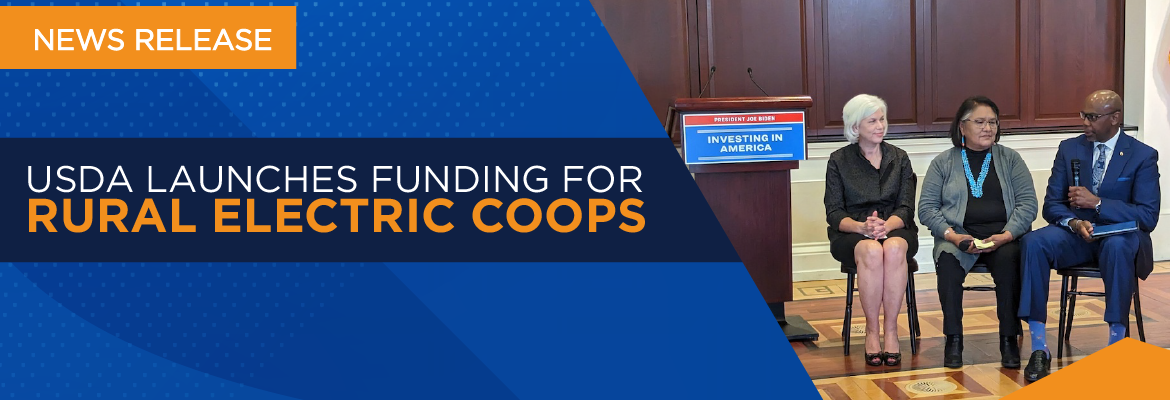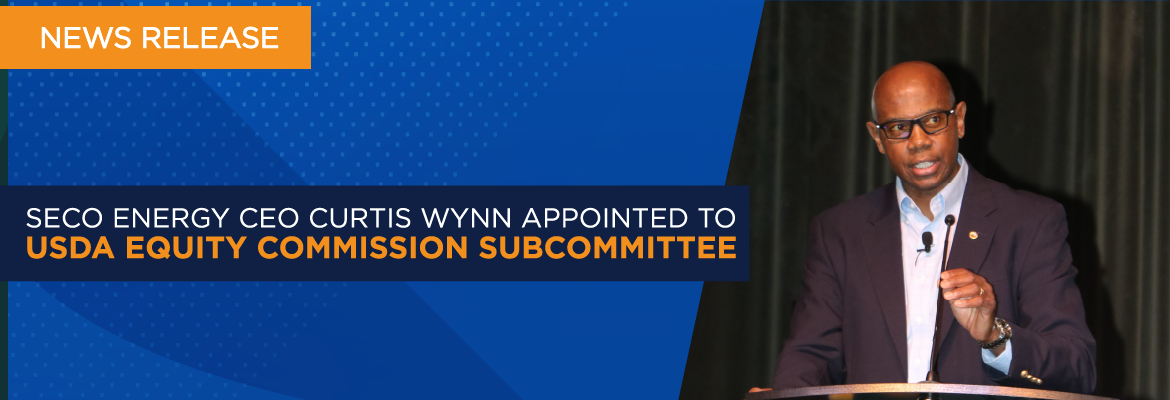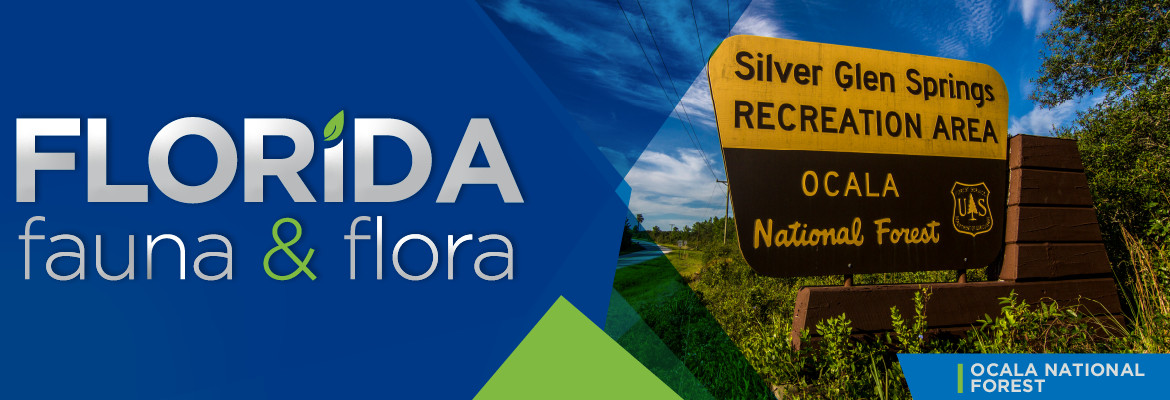USDA Panel Discussion Features SECO Energy CEO Curtis Wynn
SECO Energy CEO Curtis Wynn participated in a panel discussion held Tuesday, May 16, at the White House Complex in Washington, D.C. As part of the U.S. Department of Agriculture (USDA) program launch event, the panel’s focus was the $11 billion in funding from the USDA to expand clean, affordable, and reliable energy across rural America. Last year, the USDA appointed Wynn as one of 12 members of the newly established Equity Commission Subcommittee on Rural Community Economic Development.
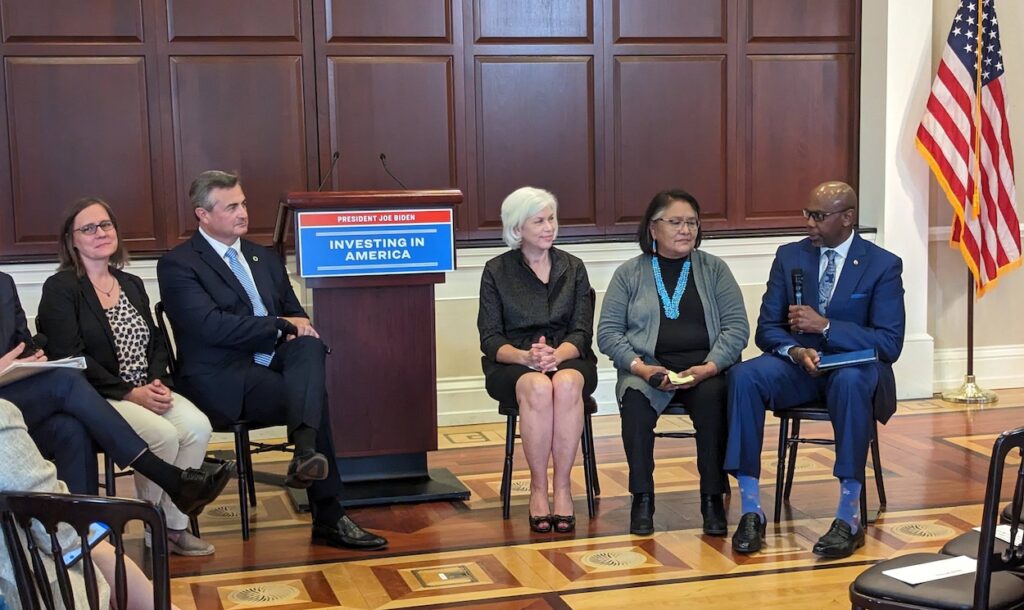
The 1-hour dialogue related to the $11 billion in energy funding was comprised of representatives from other electric cooperatives, including the CEO of Seminole Electric Cooperative, Lisa Johnson. Seminole Electric is the wholesale provider of electric service distributed by SECO to its members.
Panel moderator Rural Utilities Service (RUS) Administrator Andrew Berke asked how the funding could benefit each participant’s efforts to provide rural communities with “clean, affordable energy” while enhancing the quality of life.
Wynn began by commending the efforts of the National Rural Electric Cooperative Association (NRECA) in shepherding the passage of the two RUS programs, Powering Affordable Clean Energy (PACE) and New Empowering Rural America (New ERA). Funding for these initiatives is supported by the Inflation Reduction Act.
Prepared to Move Forward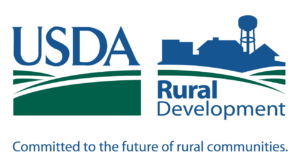
Wynn continued by underscoring the importance of working “in concert” with Seminole Electric to achieve goals SECO has established as part of its 3-year strategy roadmap. He stated, “SECO Energy is well positioned to tap into the grant funding, tax credits and low interest loan funding made available through the New ERA. Our goal is to reduce the amount of funds we would otherwise have to borrow at rising interest rates to complete the enormous amount of work needed to keep pace with our region’s growth while meeting our member-consumers’ expectation of safe, affordable and reliable service. It really gives us an opportunity to provide the level of service that everybody deserves, especially our underserved communities, while keeping our rates as low as possible.”
The event commenced with remarks made by the USDA Secretary Tom Vilsack, Senior Advisor to the President for Clean Energy Innovation and Implementation John Podesta, and Senators Debbie Stabenow, Tina Smith and Michael Bennet. Watch the event online.
“Like” SECO Energy on Facebook and follow @SECOEnergy on Twitter for prize drawings, news releases, and severe weather alerts affecting SECO Energy’s service territory. Manage outage notification preferences at StormCenter. To see when SECO Energy crews/contractors are working in your area, visit our new System Improvement Map. To learn more about SECO Energy as a not-for-profit cooperative, visit About SECO Energy.



